How to Learn Photography for Beginners! If you’re looking to learn photography, there are a few different ways to go about it. In this article, we’ll discuss the different methods and how to choose the one that’s right for you. Whether you’re just starting out or have some experience under your belt, finding the right method for learning photography can be a daunting task. However, with the help of this guide, you’ll be on your way to becoming a pro in no time!
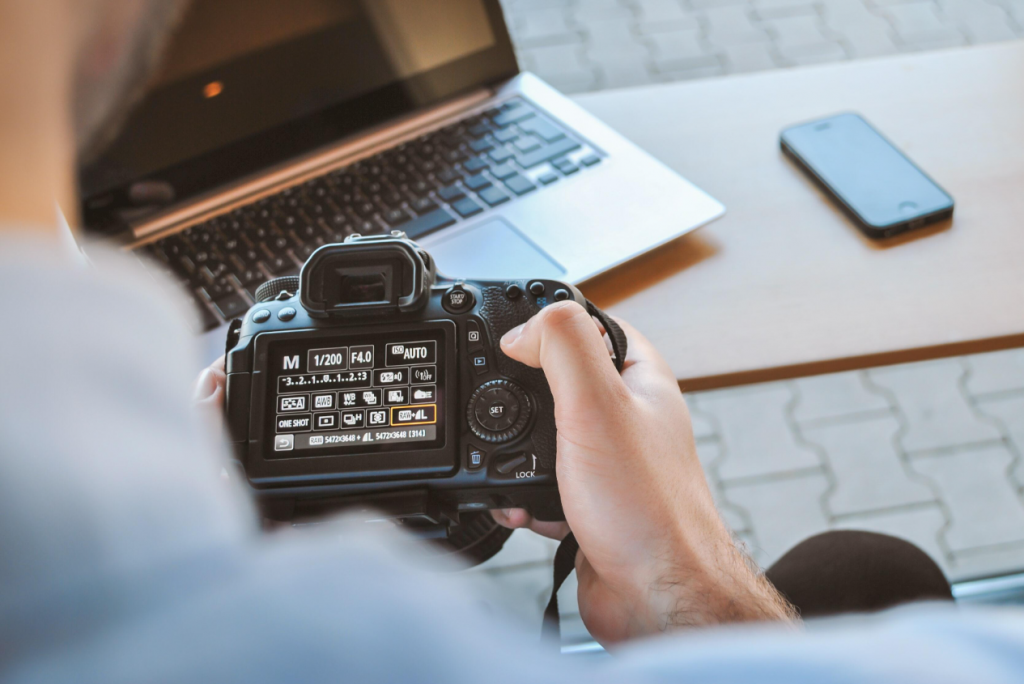
How to Learn Photography for Beginners
If you’re interested in learning photography but don’t know where to start, this guide will teach you the basics of the art. Whether you’re a beginner or have some experience, following these simple tips will help you improve your photographs.
1. Learning the Basics: Camera Types, Lenses, Light
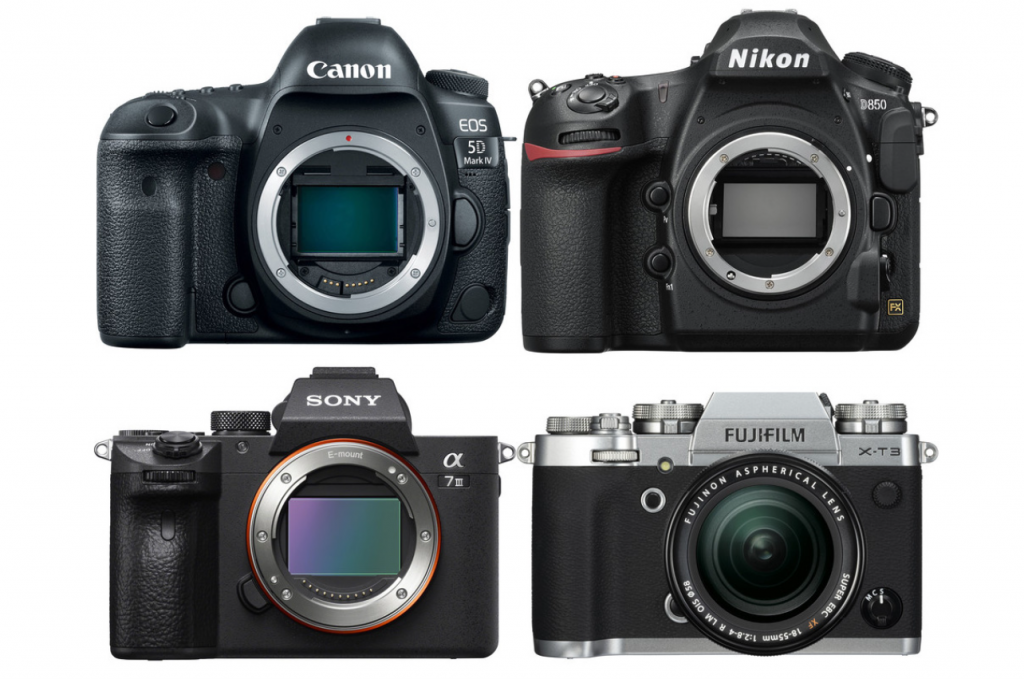
When you are starting to learn photography, it is important to first understand the different camera types and lenses available. It’s important to choose the right camera for your needs because each type has its own advantages and disadvantages. There are also different types of lenses, each with its own uses and benefits. Once you have a good understanding of the different camera types and lenses available, you can start learning about light sources and how they affect photos. Understanding light is essential to taking great photos, so it’s important to learn as much as you can about it. With a basic understanding of these topics, you’ll be on your way to becoming a photographer!
2. Camera Settings: Aperture, Shutter Speed, ISO
Photography is an art form that can be learned relatively easily and doesn’t require expensive equipment. In order to take great photos, you need to understand three settings on your camera: aperture, shutter speed, and ISO.
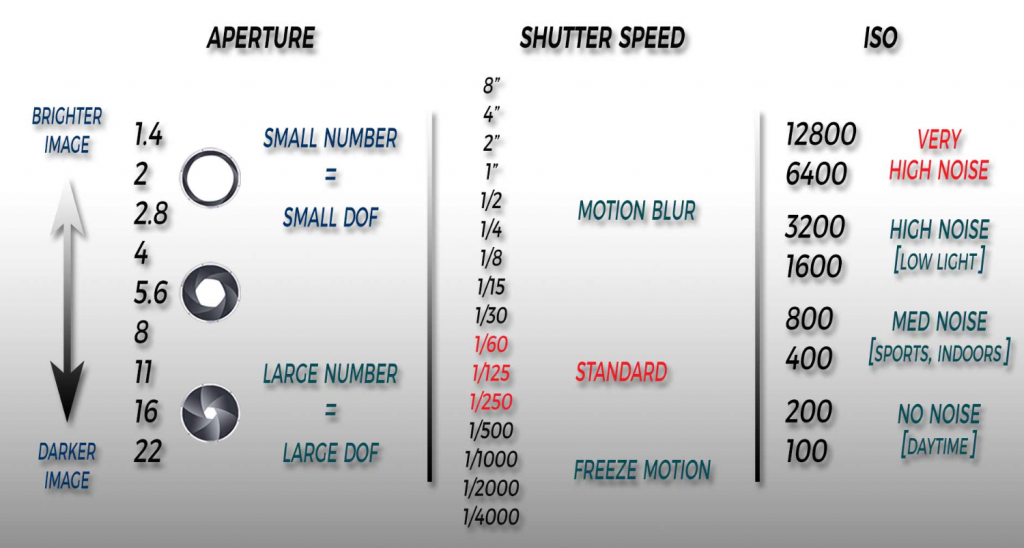
One of the most important aspects of photography is understanding camera settings. Aperture, shutter speed, and ISO are all key elements that determine the look and feel of your photos. Each set can be manipulated to create different effects, and it’s important to understand how each one works in order to take control of your photography.
Aperture is the size of the lens opening that allows light into the camera. It is measured in f-stops and can be adjusted to control how much light enters the lens and hits the sensor. A larger aperture will let more light in, while a smaller aperture will let less light in. This also affects the depth of field- or how much of the photo is in focus.
3. Composition: Rule of Thirds, Leading Lines
In photography, the rule of thirds is a compositional guideline followed by many photographers. The guideline suggests that an image should be divided into nine equal parts by two equally spaced horizontal lines and two equally spaced vertical lines, and those important compositional elements should appear along these lines or at their intersections
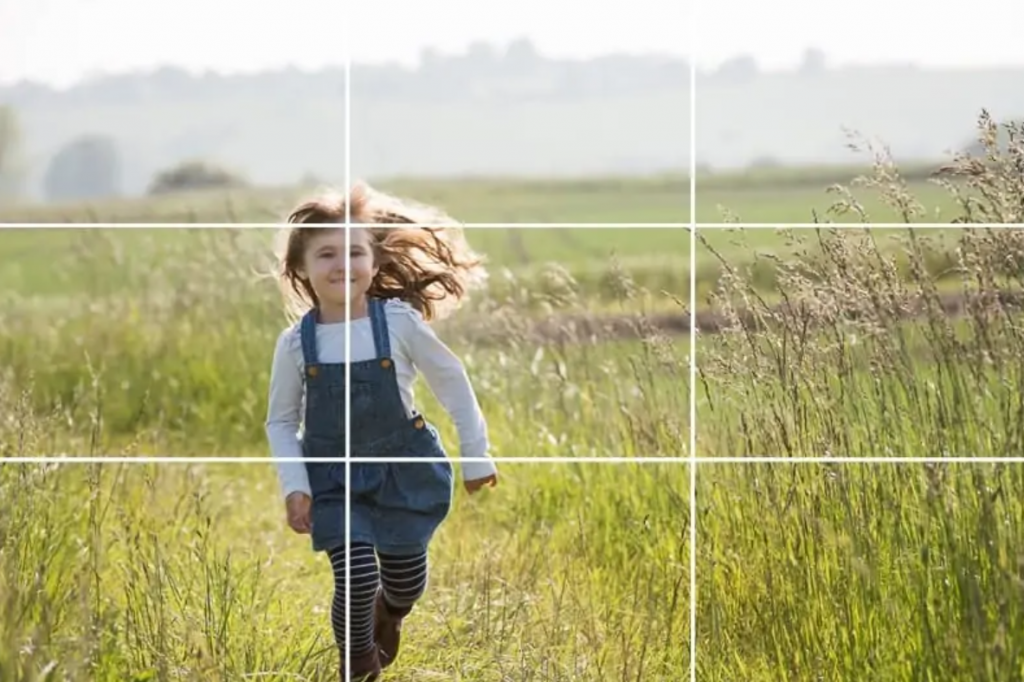
Leading lines are another important compositional tool. They help to draw the viewer’s eye into the photograph and can lead to a sense of depth. There are many different types of leading lines, but some common ones include roads, rivers, and train tracks.
Learning how to use the rule of thirds and leading lines is an important part of learning photography. Fortunately, there are many tutorials online that can teach you these concepts. By following these tutorials and practicing regularly, you’ll be able to start incorporating these techniques into your own photographs.
4. Editing and Post-processing: Software, Basic Adjustments
Editing and post-processing software can be used to improve the quality of your photos. Basic adjustments can be made to brightness, contrast, saturation, and hue. You can also use software to remove unwanted objects from your photos or to add special effects. Some software programs allow you to create a photo collage or slide show.
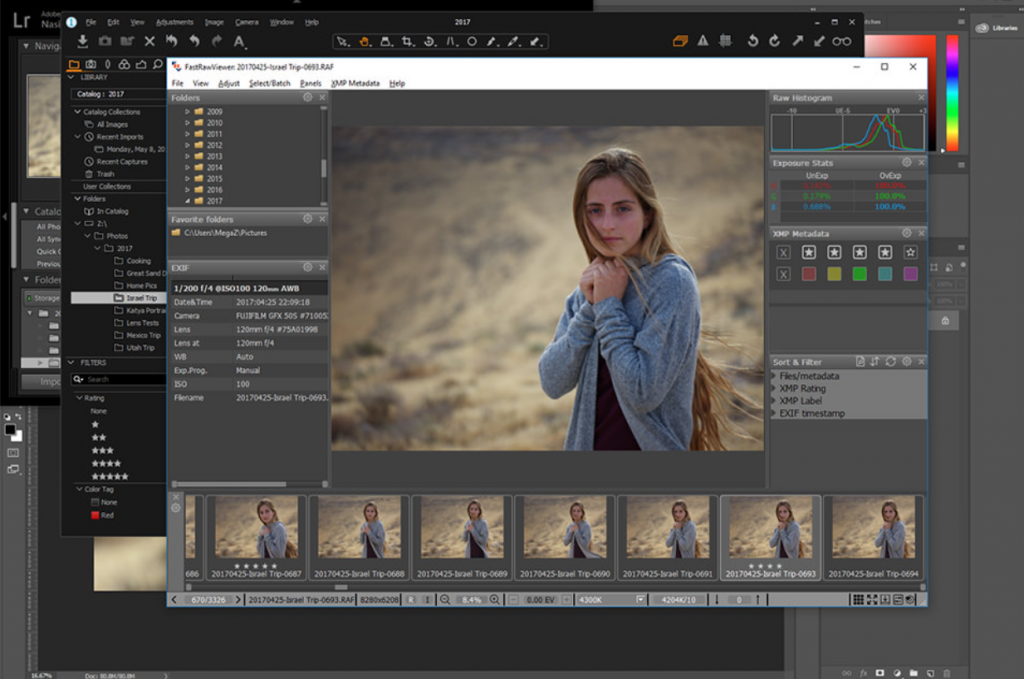
If you are just starting out in photography, it is a good idea to learn about the basic adjustments that can be made in editing and post-processing software. This will help you improve the quality of your photos and make them look more professional. There are many different software programs available, so do some research to find one that fits your needs.
5. Sharing Your Photos: Websites, Social Media
The rise of the smartphone and social media has made it easier than ever for people to share photos with friends and family. But what if you want to share your photos with a wider audience? How can you learn photography so that your shots are worthy of sharing?
One way to improve your photography skills is to join a photography club or take a class. There are also many online resources available, such as tutorials and photo galleries. You can also find online communities of photographers who are happy to share tips and advice. { "@context": "https://schema.org/", "@type": "HowTo", "name": "How to Learn Photography for Beginners", "description": "How to Learn Photography for Beginners! If you’re looking to learn photography, there are a few different ways to go about it. In this article, we’ll discuss the different methods and how to choose the one that’s right for you. Whether you’re just starting out or have some experience under your belt, finding the right method for learning photography can be a daunting task. However, with the help of this guide, you’ll be on your way to becoming a pro in no time!", "image": "https://photolightboxes.net/wp-content/uploads/2022/07/How-to-Learn-Photography-for-Beginners-1024x684.png", "totalTime": "PT10M", "estimatedCost": { "@type": "MonetaryAmount", "currency": "USD", "value": "10$" }, "supply": [ { "@type": "HowToSupply", "name": "camera" } ], "tool": [ { "@type": "HowToTool", "name": "lenses" } ], "step": [ { "@type": "HowToStep", "text": "When you are starting to learn photography, it is important to first understand the different camera types and lenses available. It’s important to choose the right camera for your needs because each type has its own advantages and disadvantages. There are also different types of lenses, each with its own uses and benefits. Once you have a good understanding of the different camera types and lenses available, you can start learning about light sources and how they affect photos. Understanding light is essential to taking great photos, so it’s important to learn as much as you can about it. With a basic understanding of these topics, you’ll be on your way to becoming a photographer!", "image": "https://photolightboxes.net/wp-content/uploads/2022/07/Learning-the-Basics-Camera-Types-Lenses-Light-1024x679.png", "name": "Learning the Basics: Camera Types, Lenses, Light", "url": "https://photolightboxes.net/how-to-learn-photography-for-beginners/#1_Learning_the_Basics_Camera_Types_Lenses_Light" }, { "@type": "HowToStep", "text": "Photography is an art form that can be learned relatively easily and doesn’t require expensive equipment. In order to take great photos, you need to understand three settings on your camera: aperture, shutter speed, and ISO.", "image": "https://photolightboxes.net/wp-content/uploads/2022/07/Camera-Settings-Aperture-Shutter-Speed-ISO-1024x548.png", "name": "Camera Settings: Aperture, Shutter Speed, ISO", "url": "https://photolightboxes.net/how-to-learn-photography-for-beginners/#2_Camera_Settings_Aperture_Shutter_Speed_ISO" }, { "@type": "HowToStep", "text": "In photography, the rule of thirds is a compositional guideline followed by many photographers. The guideline suggests that an image should be divided into nine equal parts by two equally spaced horizontal lines and two equally spaced vertical lines, and those important compositional elements should appear along these lines or at their intersections", "image": "https://photolightboxes.net/wp-content/uploads/2022/07/Composition-Rule-of-Thirds-Leading-Lines-1024x682.png", "name": "Composition: Rule of Thirds, Leading Lines", "url": "https://photolightboxes.net/how-to-learn-photography-for-beginners/#3_Composition_Rule_of_Thirds_Leading_Lines" }, { "@type": "HowToStep", "text": "Editing and post-processing software can be used to improve the quality of your photos. Basic adjustments can be made to brightness, contrast, saturation, and hue. You can also use software to remove unwanted objects from your photos or to add special effects. Some software programs allow you to create a photo collage or slide show.", "image": "https://photolightboxes.net/wp-content/uploads/2022/07/Editing-and-Post-processing-Software-Basic-Adjustments-1024x679.png", "name": "Editing and Post-processing: Software, Basic Adjustments", "url": "https://photolightboxes.net/how-to-learn-photography-for-beginners/#4_Editing_and_Post-processing_Software_Basic_Adjustments" }, { "@type": "HowToStep", "text": "The rise of the smartphone and social media has made it easier than ever for people to share photos with friends and family. But what if you want to share your photos with a wider audience? How can you learn photography so that your shots are worthy of sharing?", "image": "https://photolightboxes.net/wp-content/uploads/2022/07/Editing-and-Post-processing-Software-Basic-Adjustments-1024x679.png", "name": "Sharing Your Photos: Websites, Social Media", "url": "https://photolightboxes.net/how-to-learn-photography-for-beginners/#5_Sharing_Your_Photos_Websites_Social_Media" } ] }
Whatever route you choose, the most important thing is to keep practicing and learning. The more you learn, the better your photos will be – and the more people will want to see them!
Conclusion
In conclusion, learning photography is a great way to improve your skills and capture memories that will last a lifetime. If you are a beginner, start by learning the basics, such as composition and lighting. Then, practice as often as you can. Shooting more will improve your skills. Finally, don’t be afraid to experiment and have fun with your photography.



